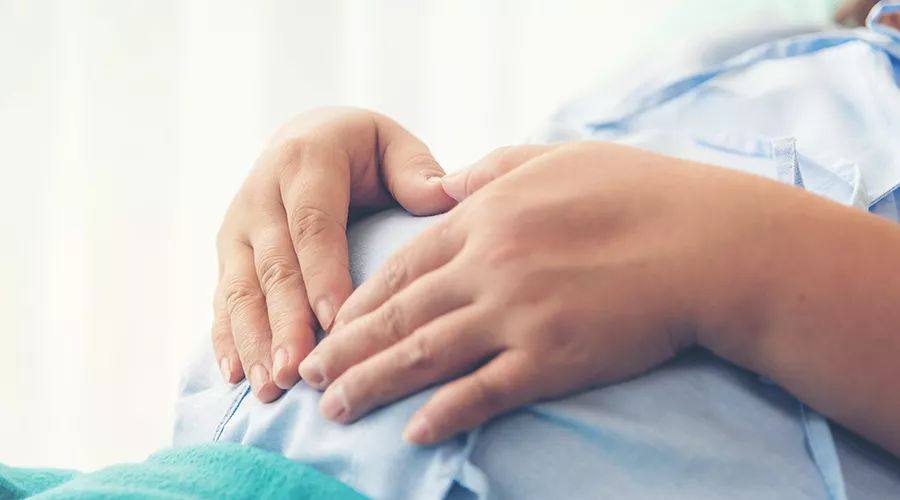
As the saying goes, [a woman who gives birth to a child is like a trip to the jaws of death.]
With the progress of modern medicine, the mortality rate of pregnant women has dropped significantly, but in fact, they still face great risks in the process of giving birth.
According to World Health Organization (WHO) statistics, about 303,000 women worldwide die of complications related to pregnancy or childbirth every year.
Massive hemorrhage, infection, eclampsia, dystocia… Each disease is menacing and is always ready to devour the life of the parturient.
Miao Miao, the hero of today’s story, a 26-year-old young mother, experienced a thrilling [death draw] after giving birth before she could appreciate the joy of becoming a mother.
After 4 hours of rescue, 7,500 ml of blood was lost, and a notice of critical illness was issued… A disease with an incidence rate of only 1-12/100,000 but a mortality rate of up to 90% hit the seedlings without warning.
It is recognized by doctors as [obstetric death]-amniotic fluid embolism.
Today, Miao Miao told us about her experience of racing against death in Hangzhou Obstetrics and Gynecology Hospital, Zhejiang Province-
April 29 16:00 Delivery Room: Delivery
I remember clearly that it was the afternoon of April 29, when the uterus finally opened to three fingers and I was pushed into the delivery room.
Before this, because of oligohydramnios, I had experienced three days of long and painful birth and tried various methods, but the baby was still quiet and had no intention of coming out.
Until this day, the doctor made the last attempt-artificial membrane rupture (a method of inducing labor), and Gong eloquence finally made some noise. When lying on the maternity bed, I pretended to wave off my family with ease like a pardon, and told myself in my heart: Come on, it’s almost liberated, it’s almost liberated…
Because the baby’s fetal position is not correct (occipital posterior position), I will constantly adjust my posture until I turn the baby’s position around.
In the large delivery room, I hunched up and lay prone on the bed, holding the sheets in my hands, my buttocks pursed high, endured the increasing pains, and swung my body greatly.
Sweat mixed with tears and soaked the sheets. My head was low in the quilt and I felt like a clown with no image at all.
As time went by, when I finally felt poop, the doctor checked that the fetal position was correct and I moved to the waiting table.
The brain emptied everything, and the baby’s head came out after a sharp pain when the uterus contracted again and again.
At 18:58, the delivery was successful. Little princess, 5 kg and 9 liang.
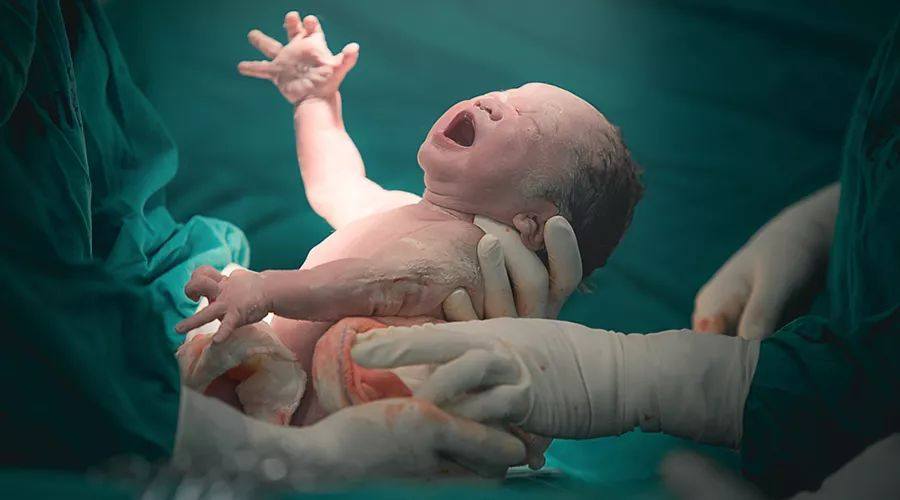
The doctor put her on my chest, a small ball, against my body, not crying or making noise. The first time I experienced the feeling of being a mother, my heart was going to melt.
At that time, I did not know that the real battle of life and death had just begun.
April 29, 19:30 Waiting Desk: Rescue
After the not-so-smooth delivery, everything went on in an orderly way: perineal suture, pressing the fundus of the uterus to discharge accumulated blood… I think it’s finally over and I can go out and meet my husband soon.
But at this moment, the nurse suddenly told me that I had found a blood clot and needed to be removed.
I gave a gentle [um] sound and didn’t take it to heart. I didn’t think it was a big deal for what.
However, things did not seem as simple as I imagined. There was continuous bleeding in the vagina and the nurse’s voice gradually became urgent and uncertain. She called the highest-level doctor on duty that day.
Lying on the maternity bed, I vaguely realized that something might have happened.
At about 7: 30, the doctor hurried over. As she examined, she asked me how I felt and if I was feeling unwell. At that time, I was still very clear and calmly said, “No problem, just thirsty and want to drink water.”
The doctor said to me, “OK, but you can’t drink it now. Intravenous injection, come on, we’ll hang it up for you, don’t be afraid.”
I nodded quietly as if I had taken a reassurance.
However, gradually, there were more and more people on the side of the birth table, and all the doctors and nurses seemed to be turning around me. At that time, I was quite distressed by the parturient who gave birth to me at the same time on the birth table next to me, thinking that the doctors did not care about her and should say sorry to her.
Just thinking about it, the doctor suddenly said, “Contact the rescue team of the whole hospital to be present at once. Quick, quick, quickly adjust the plasma!” Hurry up! ]
My heart thumped.
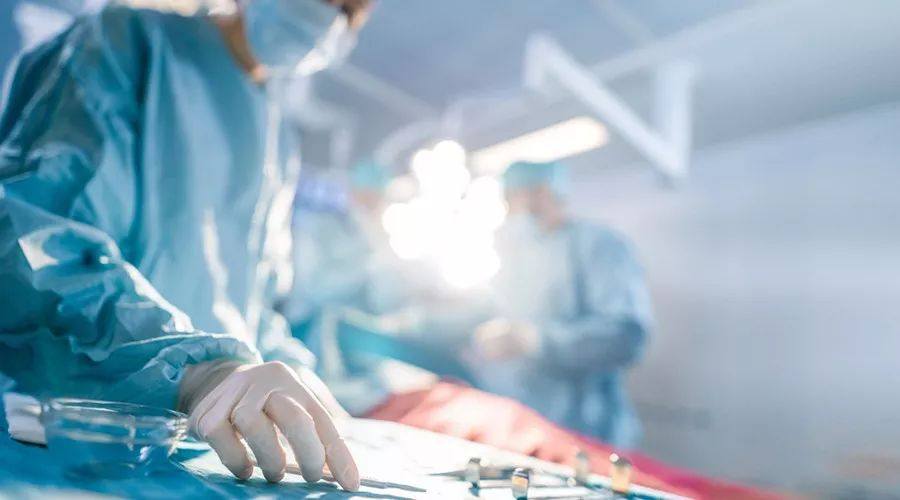
For more than ten minutes, white coats poured in like the tide and surrounded me.
Bedside ultrasound, deep vein catheterization, uterine cavity tamponade… No one said a word more in the ward, the air seemed to be stagnant, only filled with the sound of drops of instruments, mixed with the crisp sound of instrument collision.
More and more operations and more and more urgent voices gave me a bad feeling, because I could feel that many of the doctors had never encountered such a scene and seemed a little scrambled.
I may not be able to do it, I think.
There was a burst of sorrow in my heart. I just gave birth to a daughter. She was just lying on my chest. She had a slender body, white skin, no crying, no noise, quiet and clever.
I didn’t know I could do anything about what. I could only stare unblinkingly at a corner of the door of the delivery room, as if I could stay out of the way and look at them and wait calmly for the result.
Doctors were still busy around me, and for the first time I felt so close to death. I wondered if I should say two words as a last word to my family, but I found myself unable to move my fingers and my mouth became more and more thirsty.
I don’t even have time to shed tears, because my eyelids are getting heavier and heavier, and the whole person can rotate except his eyes and has no more strength at all.
Only later did I know that at that time, I had lost 5000 mL of blood, while the total blood volume of a healthy adult was generally only 4000 ~ 5000 mL.
When a group of people pushed me to the operating room, I lost consciousness. The clock showed that the time stayed at 20: 40.
[Fortunately, there was a massive hemorrhage after delivery, and the baby was fine…] At the last moment before coma, I thought.
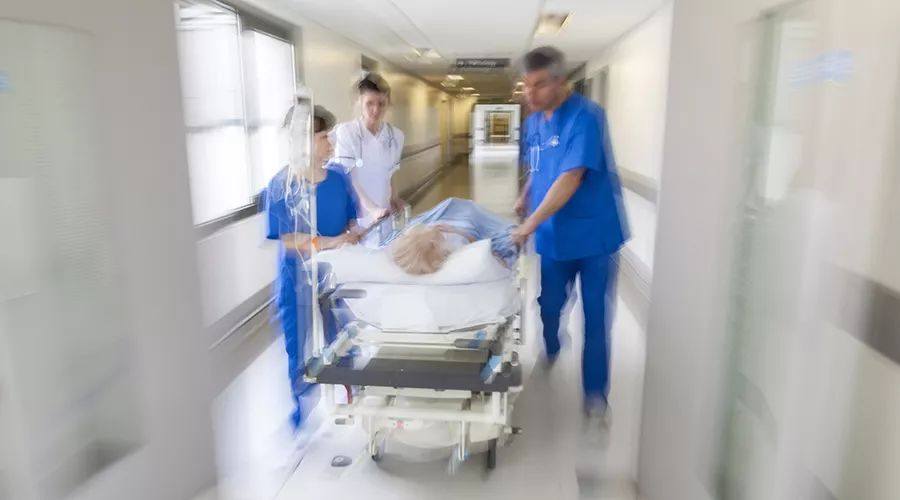
April 30 3:00 ICU: Awakening
I don’t know how long it took, in a daze, I seemed to hear my husband’s voice: “She’s awake, she’s awake!” ]
I tried to open my eyes and saw my husband’s gaunt face. His hand touched my face gently and felt warm.
At that moment, all grievances, helplessness, fear, sadness and pain turned into tears and rolled down.
The ventilator was deeply inserted into the trachea, and my body was full of needles and instruments. I could not say a word. Although it is still very uncomfortable, the tears are more the joy of the survivors-
At 3 a.m., eight hours after delivery, I came back to life in the intensive care unit.
Later, the doctor told me that the rescue lasted for 4 hours that day, from 19: 30 to 23: 30. A total of 16 doctors and nurses from obstetrics, anesthesia, ICU and clinical laboratory participated in the rescue.
Before and during the operation, I bleed a total of 7500 mL, which is equivalent to the whole body’s blood being changed again.
Amniotic fluid embolism, disseminated intravascular coagulation, severe postpartum hemorrhage, hemorrhagic shock… While calling the rescue team, the doctor also gave the family a notice of critical illness.
My mother-in-law told me that my husband was almost going to collapse that night: [when you went in for so long, he knocked on the door of the delivery room like crazy and shouted, “let me in, I want to see my wife”. He was really going crazy.]
At present, the notice of critical illness still has the name he signed trembling, with the words brightly written on it: “May endanger the life of the parturient.”
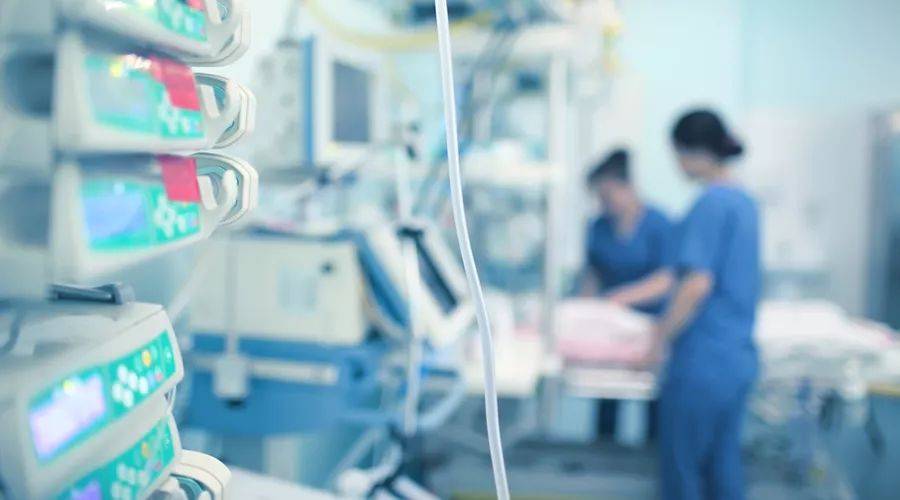
During the few days in ICU, people came to draw blood, check, change dressings and infusion continuously. My greatest satisfaction every day was to watch the indexes return to normal one by one, so that I could remove a row of indwelling needles or an instrument from my body.
The doctors involved in the rescue also came to see me and told me about the thrill of the day and the surprise I brought them.
Every day, my husband will bring my parents-in-law to cook soup for several hours. At the moment of drinking, my heart was filled with happiness and satisfaction for the survivors.
May 2, 14:00 Maternity Ward: Freshmen
After staying in ICU for 3 days, I finally transferred from the intensive care unit on the 6th floor to the general maternity ward on the 12th floor at more than 2 pm on May 2.
The gloomy weather cleared up for a long time on that day, and my mother sent a circle of friends: [Baby, when the sun comes out, everything will be fine.]
I can finally be reunited with my daughter. My little princess is very healthy, has a good appetite, and has white and tender skin.
That night, my husband held my daughter and I in his arms and did not let go for a long time.
[Wife, I have never been so afraid. When I received the notice of critical illness, my brain hummed and went blank. I thought this was a plot that only happened in TV plays…]
I buried my face in his arms, my nose became sour and I shed tears.
Looking back on the experience at that time, I still feel like a dream. It was the first time in 26 years that I felt death so close.
At that moment, I seemed to stand at the intersection of life and death. On one side was a vibrant new life, and on the other side was a coveted death.
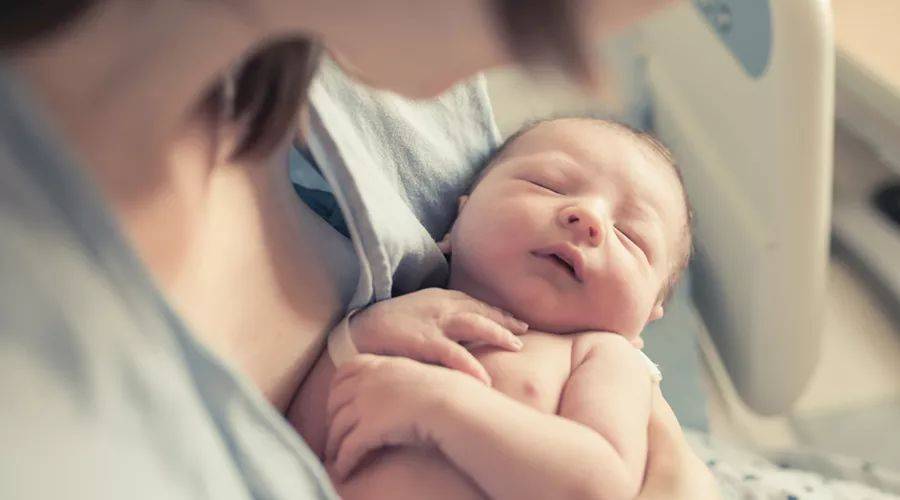
Later, the attending doctor told me that she had worked for more than ten years and took over numerous parturients. Amniotic fluid embolism only encountered 5 cases. Two cases left before they could rescue people. One case survived but suffered from renal failure. One case suffered from brain hypoxia and serious injury during rescue.
And I was the only one who recovered quickly and left no sequelae.
A conscientious doctor, a well-skilled hospital, enough blood, and family support … countless factors combined to help me draw out the [lucky sign] with a probability of only 10%.
When I was nursing for the first time, I lowered my head and saw my daughter’s pink cheeks rise and fall like a blower, making a purring swallowing sound.
At that moment, I felt that everything was worth it.
Added:
1. Amniotic fluid embolism is what?
Amniotic fluid embolism, also known as pregnancy-like anaphylaxis syndrome, refers to serious delivery complications that suddenly enter the maternal blood circulation during delivery, causing acute pulmonary embolism, anaphylactic shock, disseminated intravascular coagulation (DIC), renal failure and even death.
The mortality rate of amniotic fluid embolism is extremely high, and even the surviving patients usually have poor outcomes. Up to 85% of the patients have severe nervous system damage caused by brain hypoxia.
2. Which parturients may have amniotic fluid embolism? How to prevent it?
According to [UpToDate Clinical Consultant], amniotic fluid embolism may be related to factors such as urgent labor, advanced age of parturient, cesarean section and instrument midwifery, placenta previa, placental abruption, cervical laceration, etc., but it is not directly caused by these factors. At present, the cause of amniotic fluid embolism has not been determined.
It is unpredictable and cannot be prevented.
3. What should I do if amniotic fluid embolism occurs?
The onset of amniotic fluid embolism is extremely rapid, so the key to successful rescue lies in early diagnosis and treatment.
In the process of delivery, if chest tightness, dysphoria, chills, nausea, vomiting and other uncomfortable feelings occur, the doctor should be told in time so that the doctor can find them as early as possible.
If postpartum hemorrhage occurs and cannot be stopped after active treatment, hysterectomy should be carried out immediately.
In the rescue process, family members should also actively cooperate and trust hospitals and doctors to avoid delaying precious rescue time.
People often say: [Every mother and son are friends of life and death.]
Although the probability of amniotic fluid embolism is very small, pregnancy and childbirth are a severe test for every mother and the family behind them.
Production is risky. Every mother is a hero who dares to fight death.
